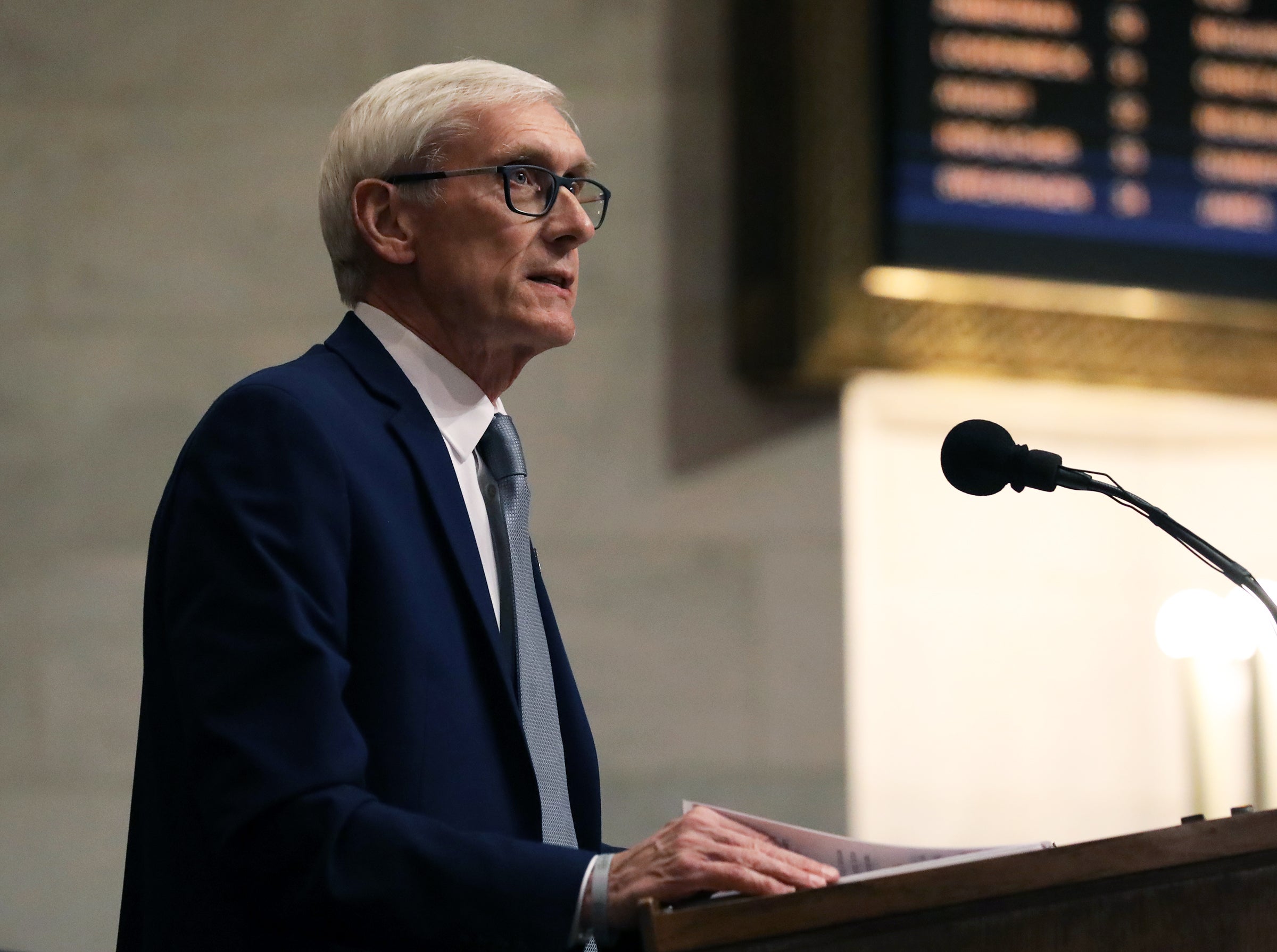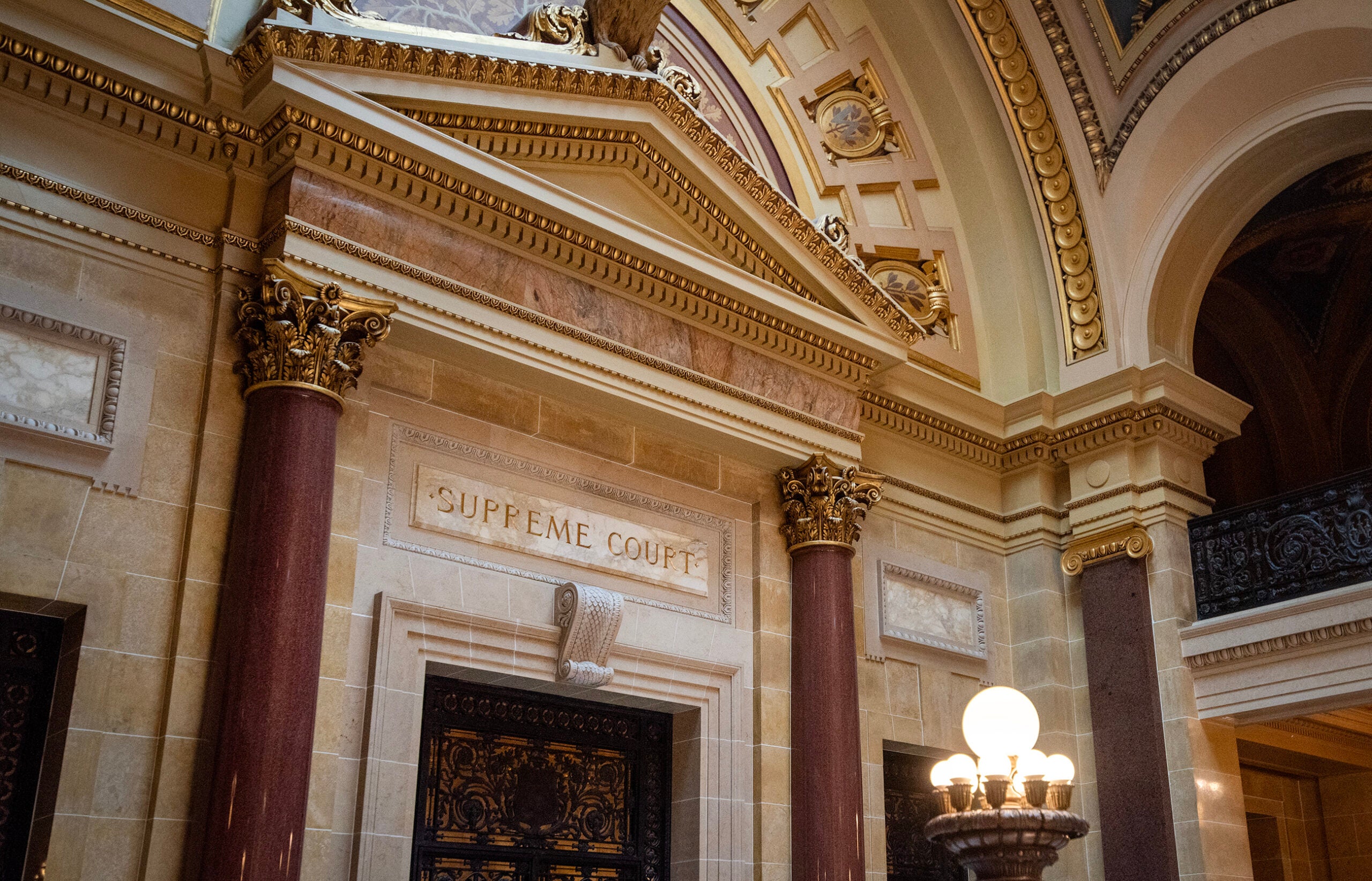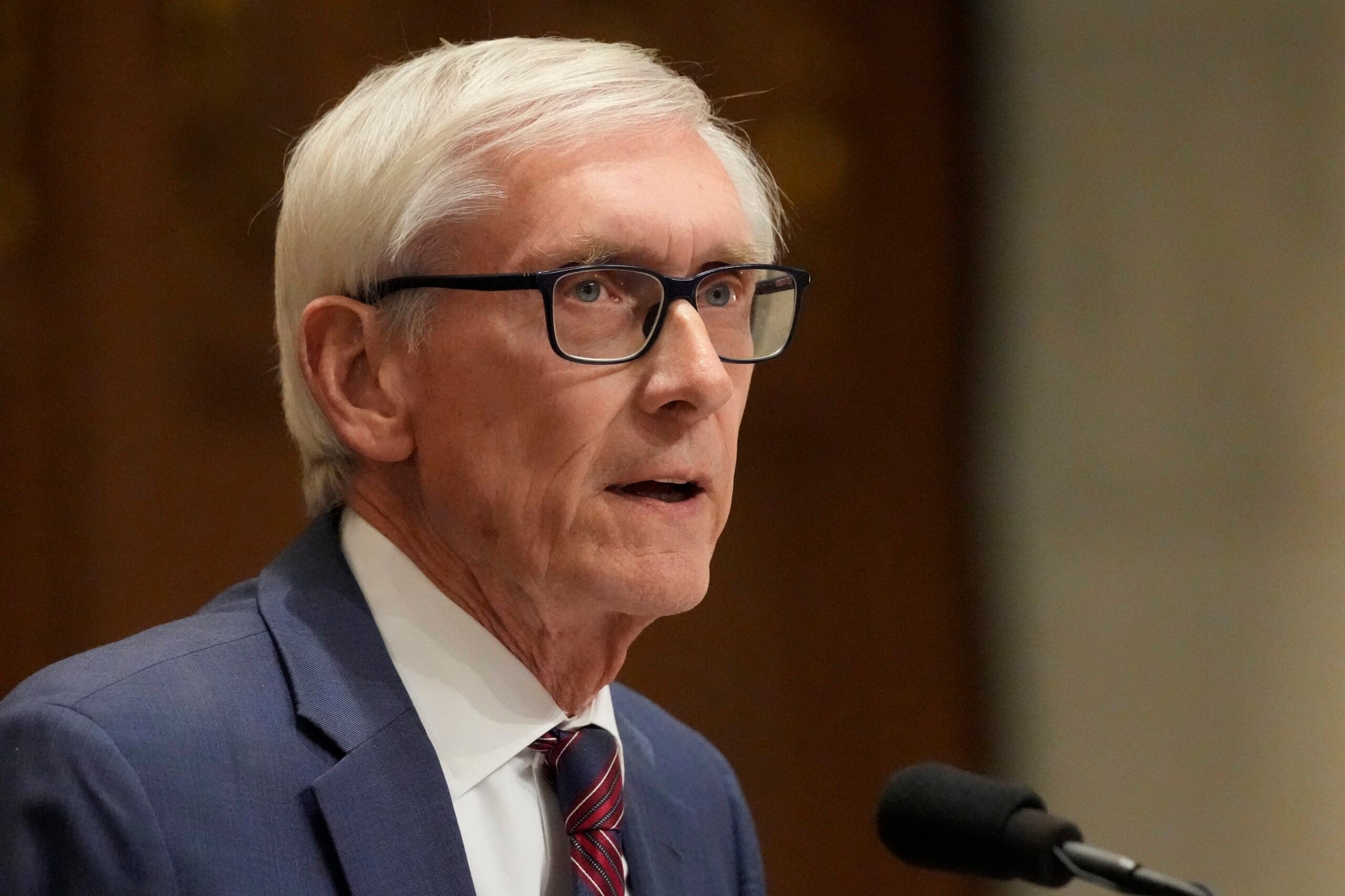Gov. Tony Evers said the latest redistricting plan his office submitted to the state Supreme Court would create more competitive districts in Wisconsin, but the governor’s plan would still preserve a Republican advantage in the Legislature.
Evers and others submitted proposed maps to the court on Wednesday as part of an ongoing state lawsuit over redistricting.
While justices have yet to rule on any specific map, the court’s conservative majority issued a massively consequential decision last month, ruling that it would favor a “least changes” approach to redistricting. The court ruled that because the governor and Legislature couldn’t agree on a new map, the fairest approach was to make only the changes needed to the old map the Legislature passed in 2011.
News with a little more humanity
WPR’s “Wisconsin Today” newsletter keeps you connected to the state you love without feeling overwhelmed. No paywall. No agenda. No corporate filter.
Practically speaking, it was a major win for Republicans, who’ve been able to secure big legislative majorities in Wisconsin even in years when Democrats have performed well statewide. Republicans currently hold a 61-38 majority in the Assembly and a 21-12 majority in the state Senate.
“The biggest problem was the Supreme Court saying that has to be a minimalist approach,” Evers said Thursday. “So there wasn’t much left on the table for us to put forward.”
According to the governor’s office, the plan Evers proposed to the Supreme Court would still give Republicans a 55-44 majority in the Assembly and a 20-13 majority in the Senate. Evers’ office said those projections were based on an average of six statewide elections since 2016.
“I believe we put forward the best maps possible, creating many more competitive races than we’ve ever seen in recent years in Wisconsin,” Evers said. “Is it where we would want to be? Fair maps is where we would want to be.”
States redraw their legislative and congressional boundaries at least once every decade following the release of U.S. Census data, a process designed to keep districts roughly equal in population.
The last time that happened in 2011, Republicans controlled both houses of the Legislature and the governor’s office, letting them draw the map exactly how they wanted. That map helped them preserve big majorities in the Legislature even in years when Democrats won big statewide.
Evers initially endorsed maps created by his People’s Maps Commission that would have dramatically reshaped the current legislative district lines, resulting in a statewide plan that either party could have theoretically won when the political pendulum swung their way. But Evers’ proposal never went anywhere in the Legislature, where several Democrats joined Republicans in voting against it, and the Supreme Court’s endorsement of a “least changes” approach effectively ended the plan’s chances for good.
While the governor’s latest proposal still preserves a significant Republican edge in the map, it would be an improvement for Democrats when compared to the current map.
GOP lawmakers, meanwhile, want the court to adopt the maps they passed this year, which Evers vetoed. According to analysis by Marquette University, Republicans would be expected to win 63 seats in the Assembly, up from the 61 they hold now. In the Senate, Republicans would be expected to win 23 seats, up from 21.
That would leave Republicans just a few seats away from winning a two-thirds supermajority in the Legislature — the margin needed to override a governor’s veto.
GOP leaders issued a written statement attacking Evers for drawing his latest plan privately given his previously-stated goals of a transparent redistricting process.
“Bipartisan supermajorities rejected the governor’s People’s Maps Commission (PMC) maps,” read a written statement from Assembly Speaker Robin Vos, R-Rochester, and Senate Majority Leader Devin LeMahieu, R-Oostburg. “Now Governor Evers has abandoned his campaign rhetoric promising for independently-drawn maps to rapidly and secretly draw his own rigged maps without public input. The hypocrisy of the governor is impossible to ignore.”
Evers told reporters Thursday that his office drew the latest maps without a public hearing process because of the tight deadline given to parties by the Wisconsin Supreme Court.
Others have also proposed maps for the court, which could hold a hearing on the plans in June.
A federal court could still review Wisconsin’s map, but legal experts say it would likely be limited from making broad changes to the plan.
For more on the history of redistricting in Wisconsin and how it impacts political power in the state, check out WPR’s investigative podcast series, “Mapped Out.”
Wisconsin Public Radio, © Copyright 2026, Board of Regents of the University of Wisconsin System and Wisconsin Educational Communications Board.



